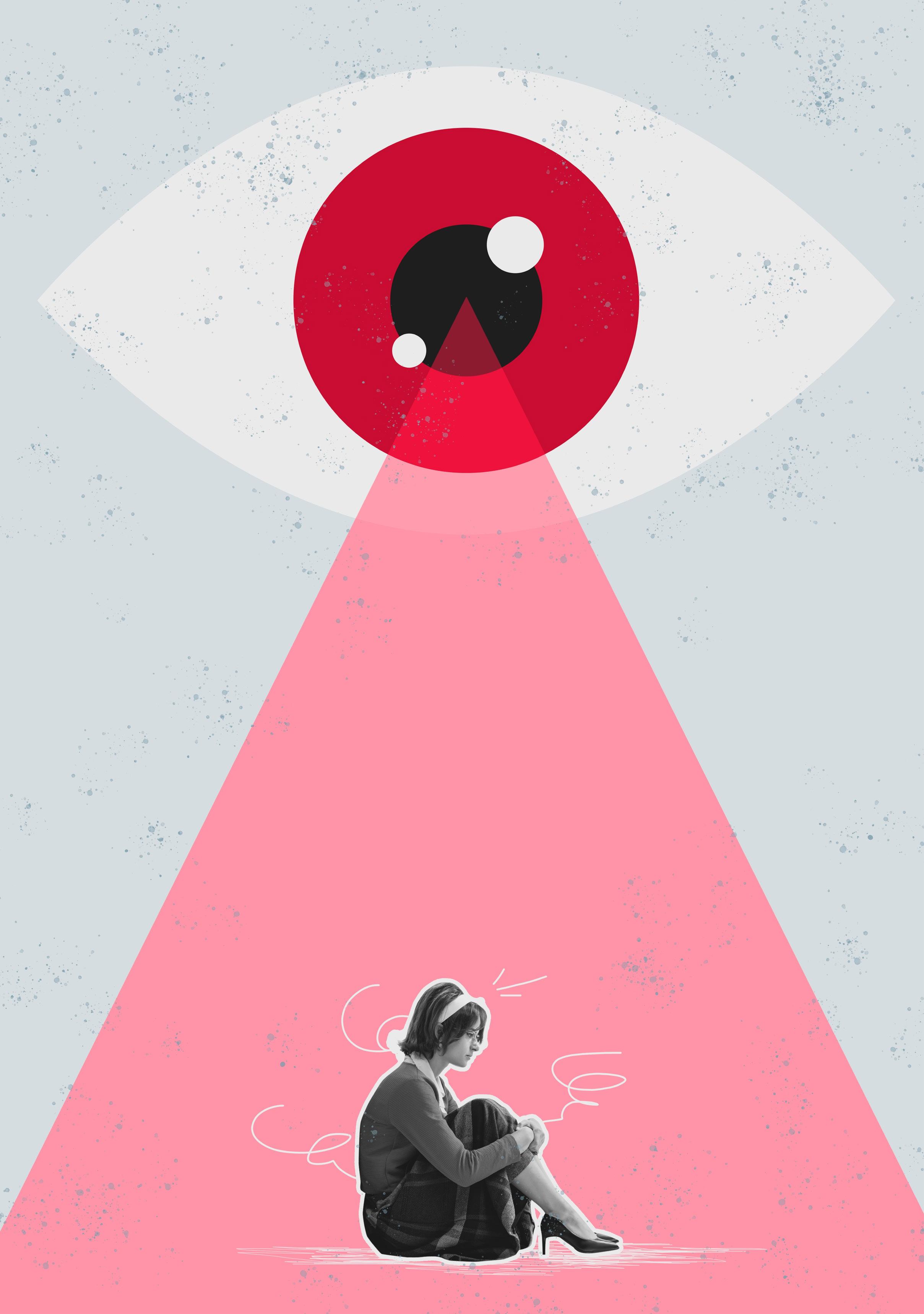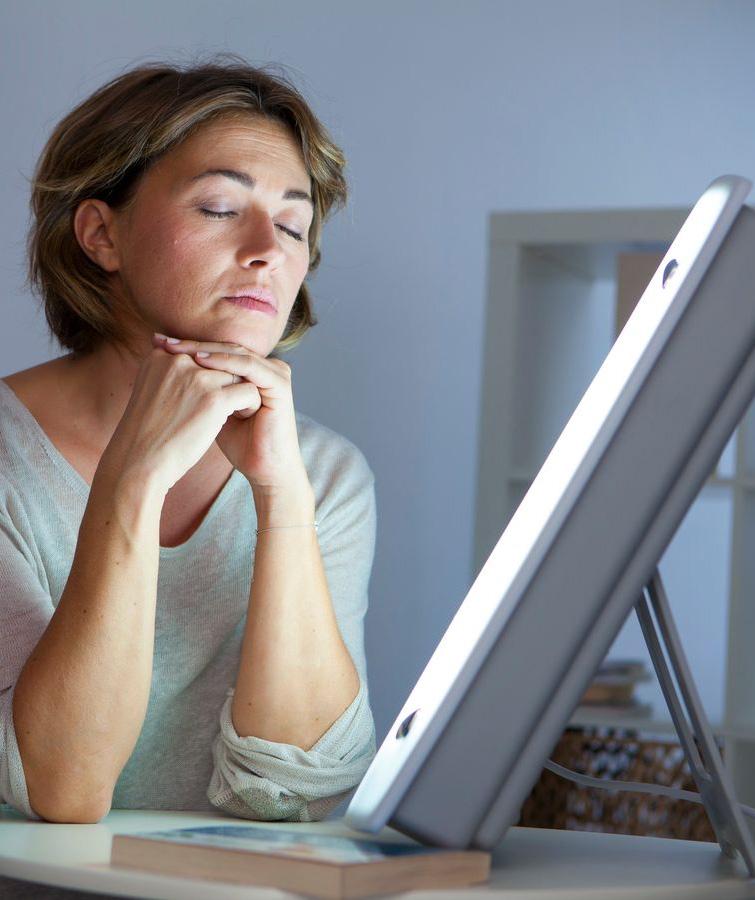
6 minute read
SAD (Seasonal Affective Disorder

SEASONAL AFFECTIVE DISORDER
Advertisement
SAMI TUCKER HEAD OF OPERATIONS, ASPEN WAITE PEOPLE
It is getting to that time of the year again when the festive decorations are starting to go up in shops and everyone is thinking about Christmas shopping. Being the “planner” that I am, all my Christmas shopping was done and wrapped by the end of September – but not everyone is organised as I am. For many people, this time is the year is a great time to reconnect with friends and family, eat way too much chocolate and enjoy a few alcoholic beverages at the works Christmas party.
Yet, it is not that way for everyone. I decided for this editions article to touch on a complex mental health condition commonly referred to as SAD –
Seasonal Affective Disorder.
SAD is a type of depression which is triggered by certain types of weather or temperature. Though its prevalence seems to be higher in the wintertime, there are people that suffer with this during the summer months too.
There are many different symptoms or signs which could signify that you suffer from SAD: There is a lot of different combinations of these aspects that could mean that you are suffering from SAD, but there is also the chance that you are suffering from another type of mental health concern – especially if these feelings last past the “trigger period”. It goes without saying that the first port of call is to see your doctor to discuss these feelings/signs. It is not a secret that there is a large amount of pressure on the NHS now dealing with mental health requirements – the pandemic really sparked another mental health crisis, and many people are still waiting for long term treatments such as talking therapies or CBT.
SAD – along with other types of depressional states – can affect not only your personal life, but also that of your work life. At Aspen Waite we really seek to provide all our employees with support when they need it, and we will not pass judgement on those who seek our help. There are many ways that you can access support including our Employee Assistance Program and to talk to our Mental Health First Aider. The EAP that we have in place has information on all sorts of issues including SAD – and you can also access a course of free counselling session with a qualified counsellor to work through any feelings that you might be having.
The stigma surrounding mental health is a dangerous one for those who are struggling. I have been very forthcoming about my diagnoses of bipolar disorder and anxiety (amongst others) – I talk about it with my colleagues openly and write articles such as this trying to de-stigmatise mental health conditions.

Change in mood such as feeling anxious, angry or agitated
Lack of energy
Unable to concentrate to the same levels that you are used to
Feelings of guilt, hopelessness, “low” or “sadness”
Sleep patterns are disrupted from the norm – sleeping too much or too little, difficultly waking up in the morning
Losing interest in physical contact/sex
Changes in your appetite
Being prone to more physical health issues such as colds (there is a well known direct link between mental and physical health)
Isolating yourself and not wanting to interact with other people
Panic attacks
Suicidal feelings


SAD can be treated in many ways including
Cognitive Behavioural Therapy (CBT), medication and light therapy (though this has
not been officially certified by NICE). Light therapy is particularly useful in the winter months as it simulates bright white sunlight. This bright white light stimulates the cells in the retina which connect to the hypothalamus in the brain. The hypothalamus helps to control the body’s daily rhythms – so using the light box every day at the same time may help to counteract the signs/symptoms of SAD. While primarily used to treat SAD, a light box might also be helpful for other uses such as the treatment of other forms of depression and issues with sleep cycles (as it affects your circadian rhythm).
SAD light boxes come in a variety of different sizes, strengths and styles (and therefore prices). The key to using a light box is repetition and structured timing.
• Sessions are best done first thing in the morning (to stimulate the hypothalamus to get ready for the day ahead)
• For a 10,000 lux (light strength) box a 30-minute session is recommended
• Sit 12 to 24 inches from the box
• Do not look directly into the light (it simulates sunlight!)
• Angle the box at about 30 degrees from your gaze
• Sessions need to be repeated everyday in order to sustain effects
Colleagues that I have worked with before have benefited by putting their light box on their desk so this might be something to consider if you feel that you may have SAD and want to try something to mitigate the effects.

As always, being up front and open about how you are feeling is key. I am on a mission to break the stigma of mental health conditions – not only in everyday life but also in business - so I do hope that you will join me in sharing this article so that we can help as many people as possible.
My inbox is always open for anyone who wants to chat about mental health or how we can support those who have highlighted that they are struggling.
Sami xx
p.s. check out www.mind.org.uk for some more information about mental health issues, how to cope with them and also how to support those who are suffering


N OUGH E YOU ARE

Here are some alternative things to try in and around the festive period – or any other time really.

Thai Mussels
John Porteous John.Porteous@aspen-waite.co.uk
A more exotic take on moules marinière. Serve with plenty of crusty French bread to soak up all the lovely juices. Serves 4
Ingredients
• 2kg/4lb (or 2lt/4pt) mussels, well scrubbed • 2 tbsp oil • 2 medium onions, finely chopped • 1 clove garlic, crushed • 1½ tbsp Thai red curry paste • 1 tbsp fresh coriander, chopped • 150ml/¼pt water • 150ml/¼pt coconut milk • Salt & freshly ground black pepper • To garnish: 2 tbsp fresh coriander, roughly chopped
*Cook’s tip: Mussels are best cooked in a steamy atmosphere, so make sure you use a deep pan with a tight-fitting lid.

Method
1. Clean the mussels by scrubbing them well under a running tap. Pull away the ‘beards’ (seaweed-like threads). Throw away any mussels that are cracked or remain open when tapped. 2. Heat the oil in a deep pan, add the onion and sweat until soft. Add the garlic and curry paste, cook for 45 seconds then add the water, coconut milk and coriander and bring to simmering point. 3. Add the mussels, put on the lid and leave to steam over a low heat until the shells are open (about 5 minutes), shaking the pan occasionally. Drain in a colander over a bowl. 4. Throw away any mussels that have not opened. Pour the mussel liquid into a saucepan, then boil and reduce well.
Season to taste with the salt and pepper.
If the sauce is too spicy for you, just add a little more coconut milk. 5. To serve, transfer the mussels to warmed bowls, pour over the sauce and sprinkle with fresh coriander.






